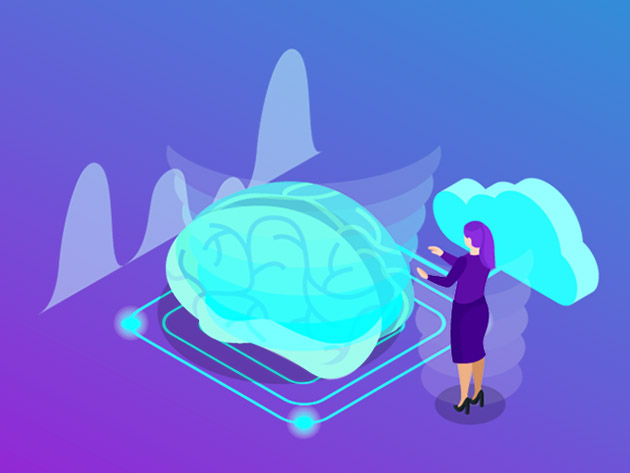The Ultimate AI ChatGPT & Python Programming Bundle
1080 Enrolled
14 Courses & 86 Hours
Deal Price$29.97
Suggested Price
$154.00
80% OffExpires in 5 days!
🔥 1,000+ Sold! Selling Fast
What's Included
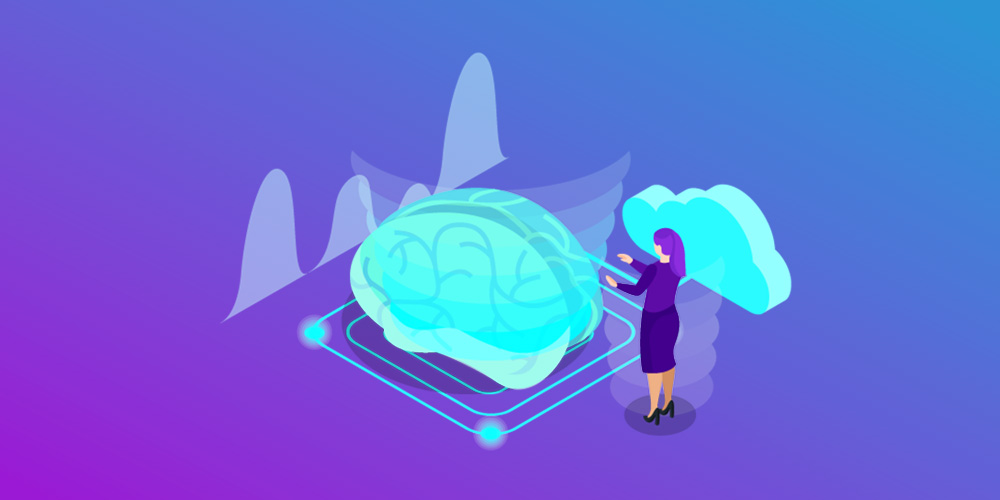
$11.00 Value
Create a ChatGPT A.I. Bot with Tkinter & Python
John Elder
15 Lessons (3h)
Lifetime
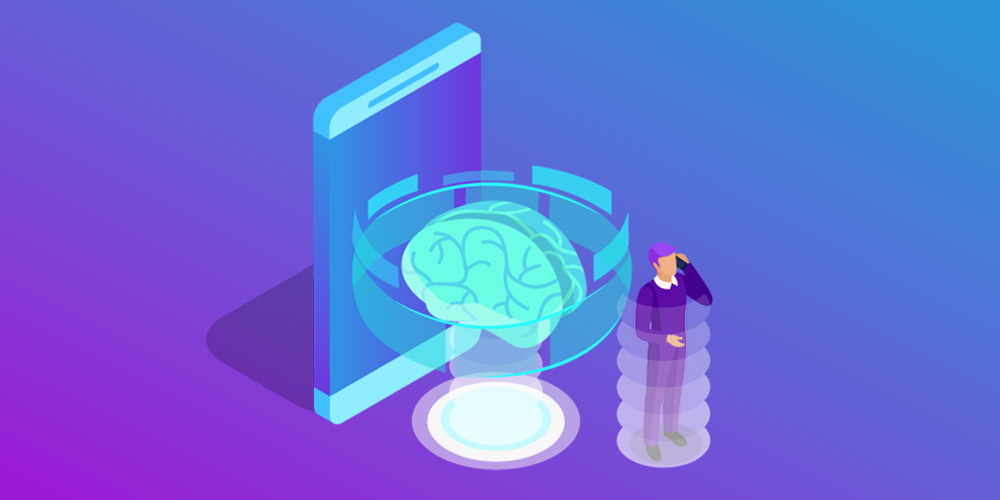
$11.00 Value
Create a ChatGPT A.I. Bot with Django & Python
John Elder
91 Lessons (14h)
Lifetime
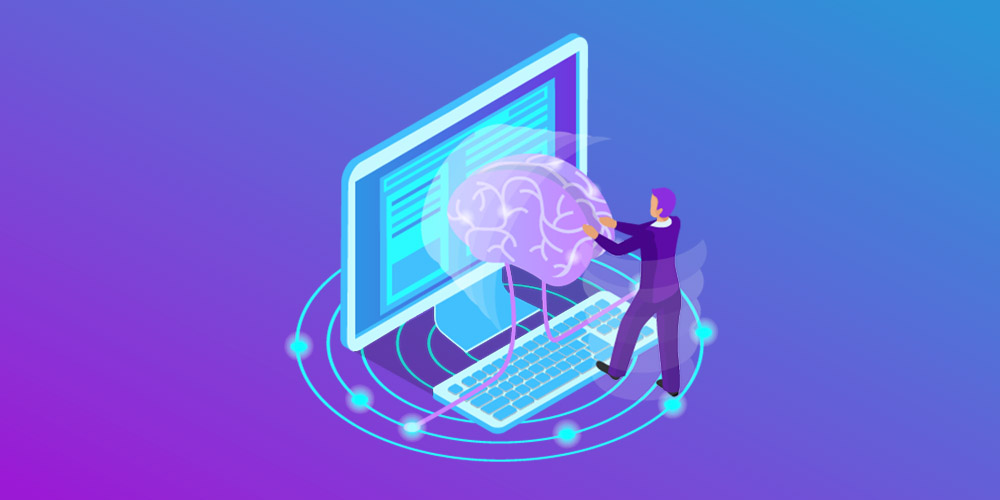
$11.00 Value
Python PDF Handling from Beginner to Winner
Hugo Ferro
15 Lessons (7h)
Lifetime
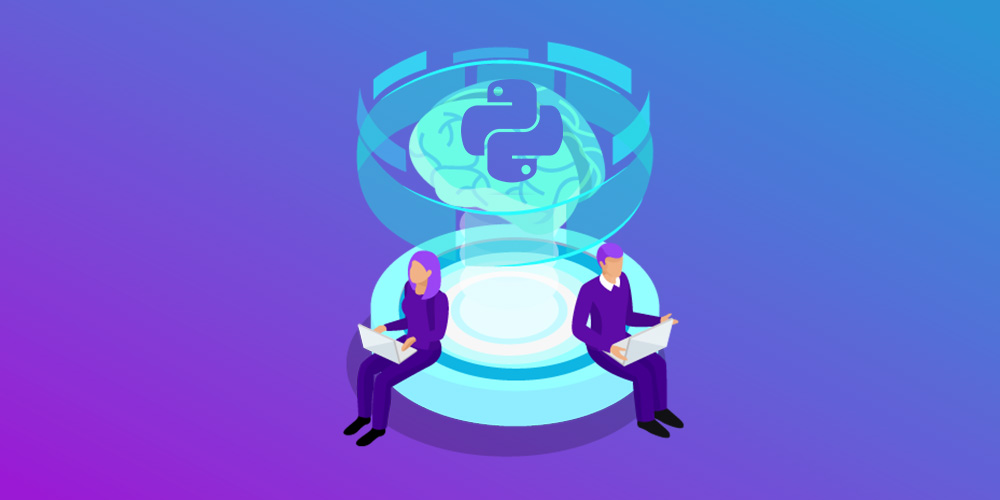
$11.00 Value
Python TkInter from Beginner to Winner
Hugo Ferro
23 Lessons (1h)
Lifetime
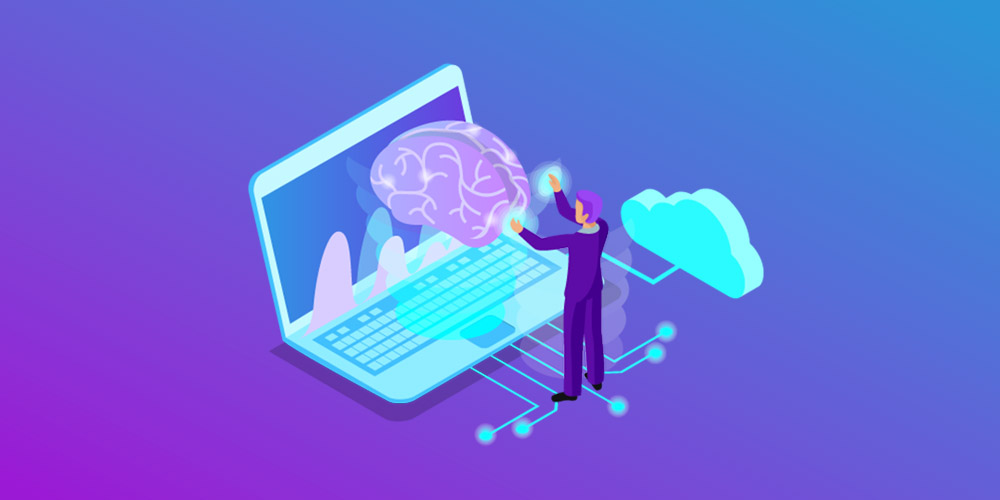
$11.00 Value
Python ReportLab from Beginner to Winner
Hugo Ferro
29 Lessons (1h)
Lifetime
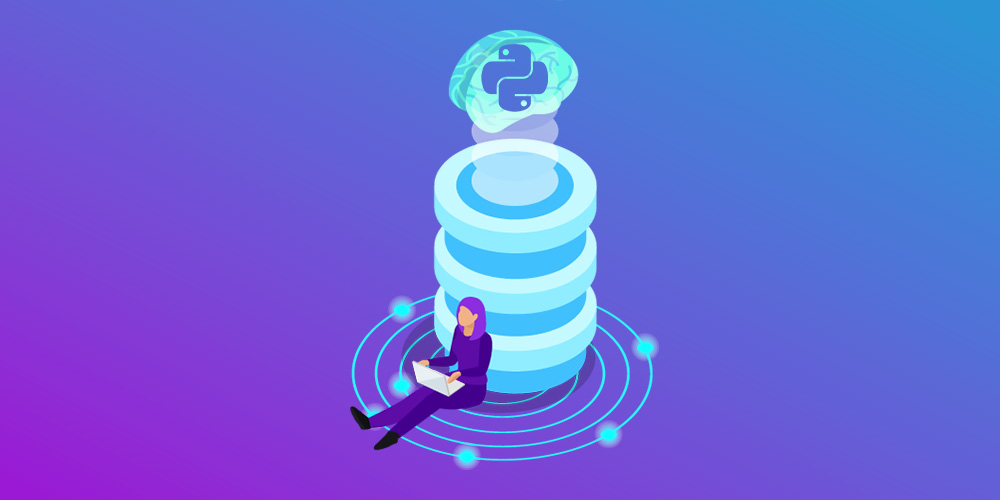
$11.00 Value
Python MTA 98-381: Complete Preparation Course
Chris Mall
25 Lessons (5h)
Lifetime
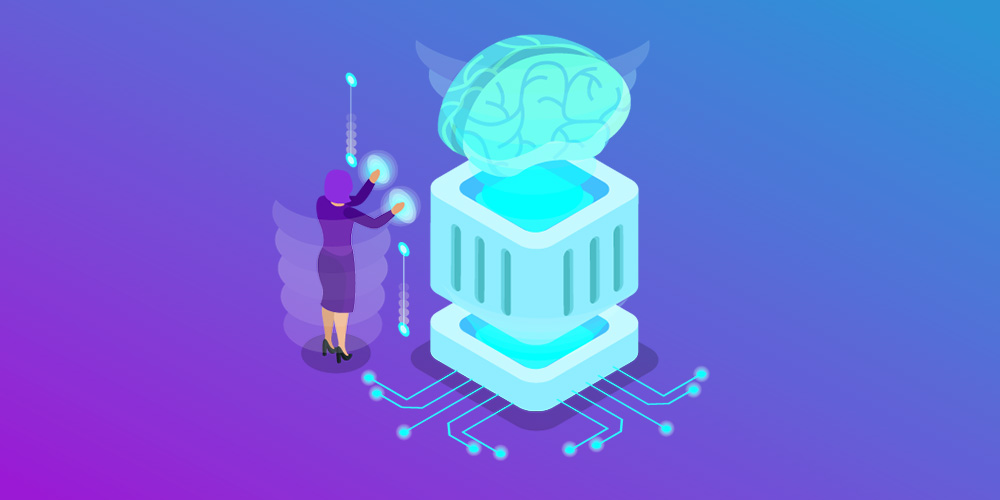
$11.00 Value
Robotics and Artificial Intelligence with Tools & Templates
Chris Mall
14 Lessons (1h)
Lifetime
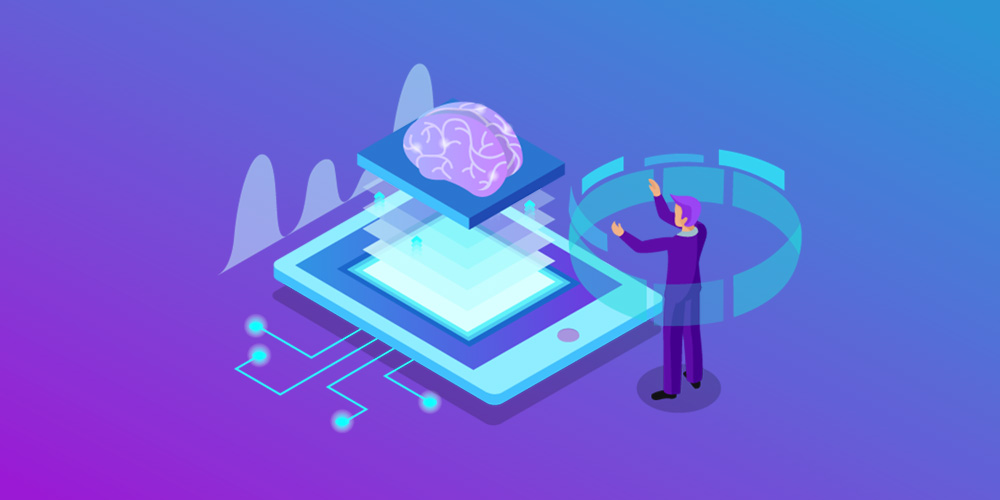
$11.00 Value
Python for Data Analysis: Step-by-Step with Projects
Packt Publishing
51 Lessons (9h)
Lifetime

$11.00 Value
Python Data Analysis (Third Edition)
Packt Publishing
1 Lesson (1h)
Lifetime
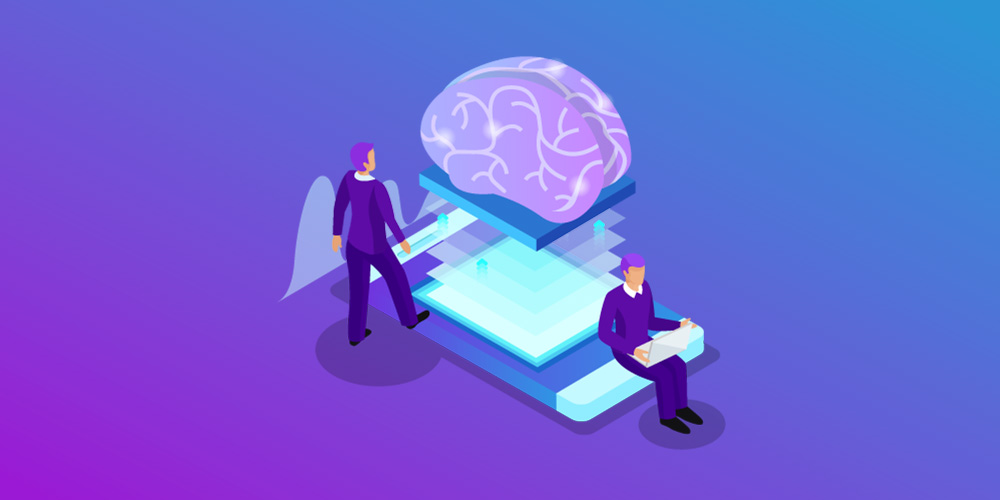
$11.00 Value
Create an Escape Room with Python
ZENVA
23 Lessons (2h)
Lifetime
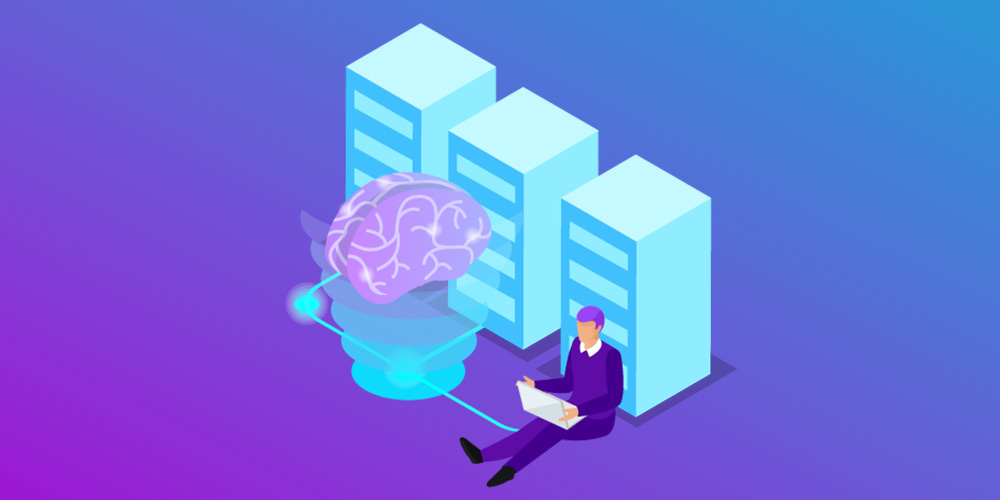
$11.00 Value
The Complete Python Hacking Course: Beginner to Advanced
Joseph Delgadillo
89 Lessons (17h)
Lifetime
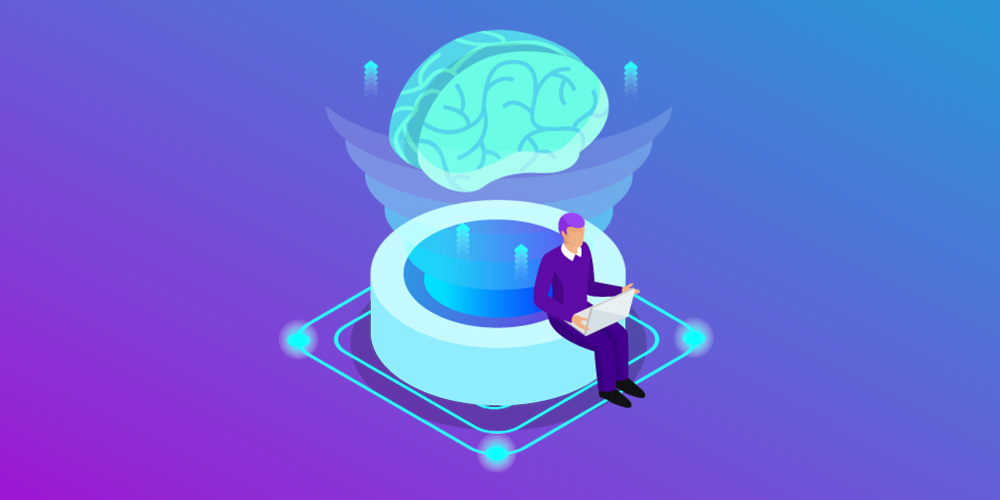
$11.00 Value
Artificial Intelligence (AI) in Python: An H2O Approach
Minerva Singh
42 Lessons (4h)
Lifetime
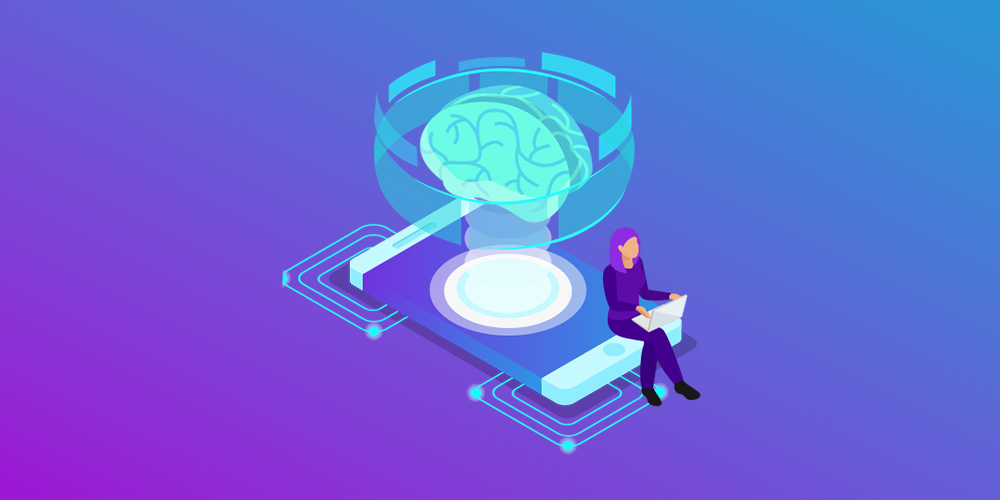
$11.00 Value
Computer Vision & Deep Learning with OpenCV and Python: Build 15 Projects
Mammoth
81 Lessons (12h)
Lifetime

$11.00 Value
Python 3: From ZERO to GUI Programming
LearningWhilePracticing
85 Lessons (9h)
Lifetime
Terms
- Unredeemed licenses can be returned for store credit within 30 days of purchase. Once your license is redeemed, all sales are final.
3 Reviews
3.7/ 5
All reviews are from verified purchasers collected after purchase.
JH
Jonathan Hay
Verified Buyer
I would not recommend this product to others. The videos are just OK and the communication could have been clearer. Maybe it will work for you, but keep the expectations low.
Nov 25, 2023
PD
Phuong Dang
Verified Buyer
This Bundle is awesome there are a lot of good courses. The price is really good and the course covers basic python to AI.
Apr 2, 2023
HC
Harshavardhan Chinthalapalli
Verified Buyer
It’s a great deal, good to have this ai course in your developer armory!!! I highly recommend to use , when the world is changing with new AI coding with new opportunities at your door steps going forward.
Feb 16, 2023
Your Cart
Your cart is empty. Continue Shopping!
Processing order...


